PPT-DISASTER MENTAL HEALTH: ROLE OF PSYCHIATRIST
Author : CutiePie | Published Date : 2022-08-04
Dr Aneelraj PostDoctoral fellow in community mental health 192017 1 DISASTER A disaster is an occurrence disrupting the normal conditions of existence and causing
Presentation Embed Code
Download Presentation
Download Presentation The PPT/PDF document "DISASTER MENTAL HEALTH: ROLE OF PSYCHIAT..." is the property of its rightful owner. Permission is granted to download and print the materials on this website for personal, non-commercial use only, and to display it on your personal computer provided you do not modify the materials and that you retain all copyright notices contained in the materials. By downloading content from our website, you accept the terms of this agreement.
DISASTER MENTAL HEALTH: ROLE OF PSYCHIATRIST: Transcript
Download Rules Of Document
"DISASTER MENTAL HEALTH: ROLE OF PSYCHIATRIST"The content belongs to its owner. You may download and print it for personal use, without modification, and keep all copyright notices. By downloading, you agree to these terms.
Related Documents

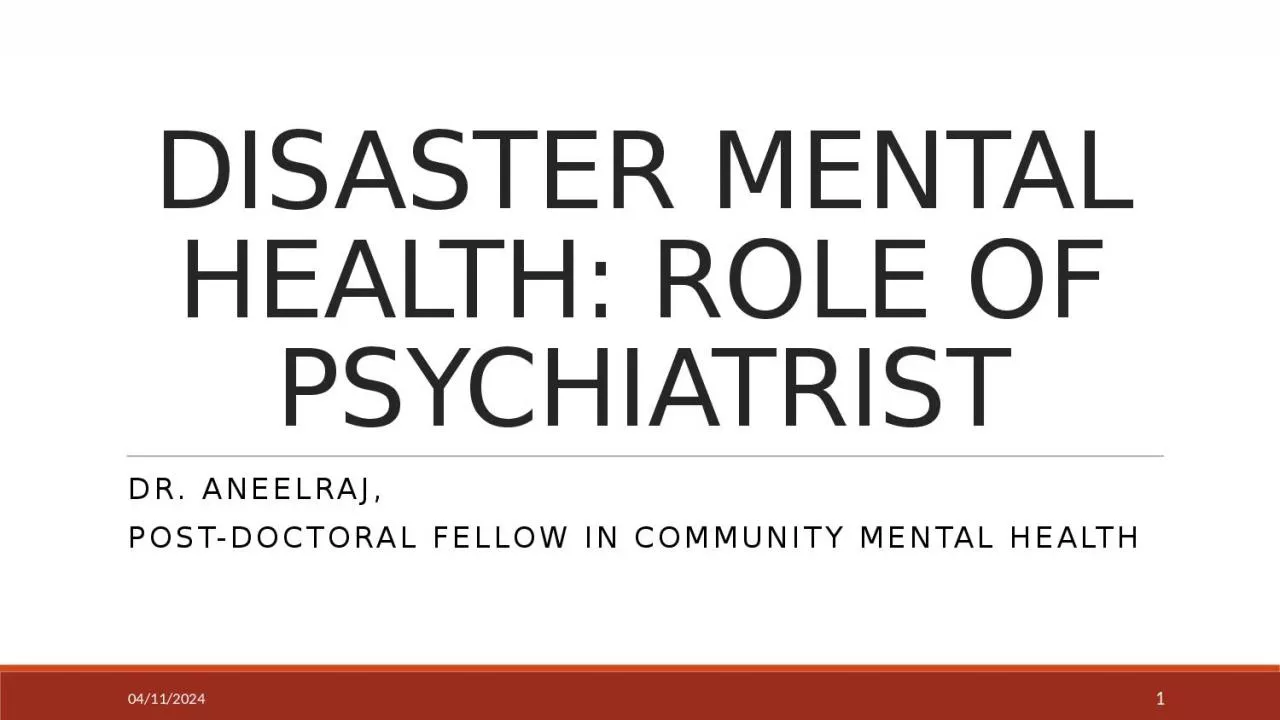
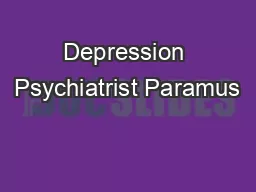
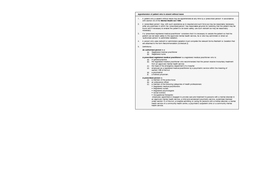
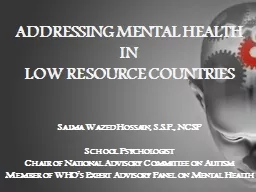
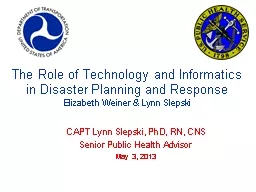
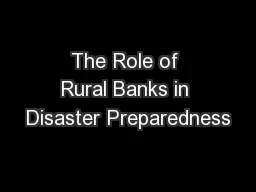
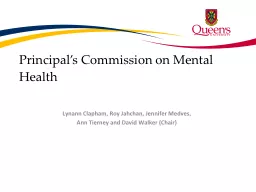


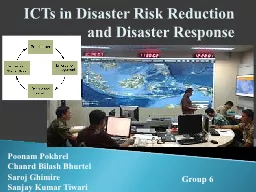

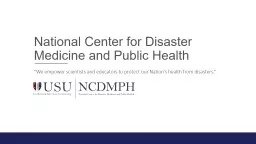
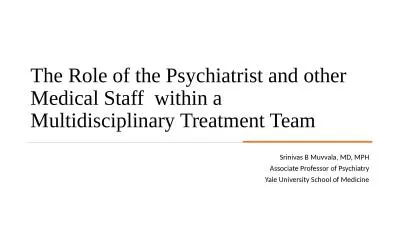
![KEEP PSYCHIATRY IN MIND [Your name]](https://thumbs.docslides.com/1012397/keep-psychiatry-in-mind-your-name.jpg)